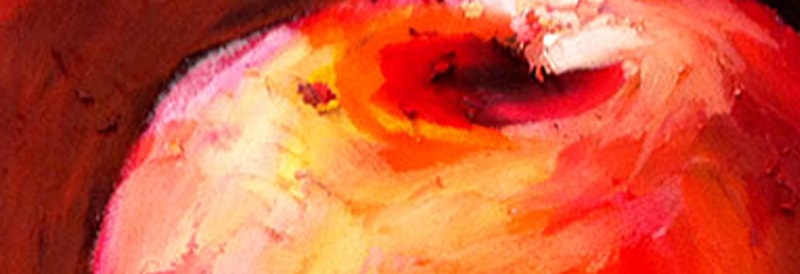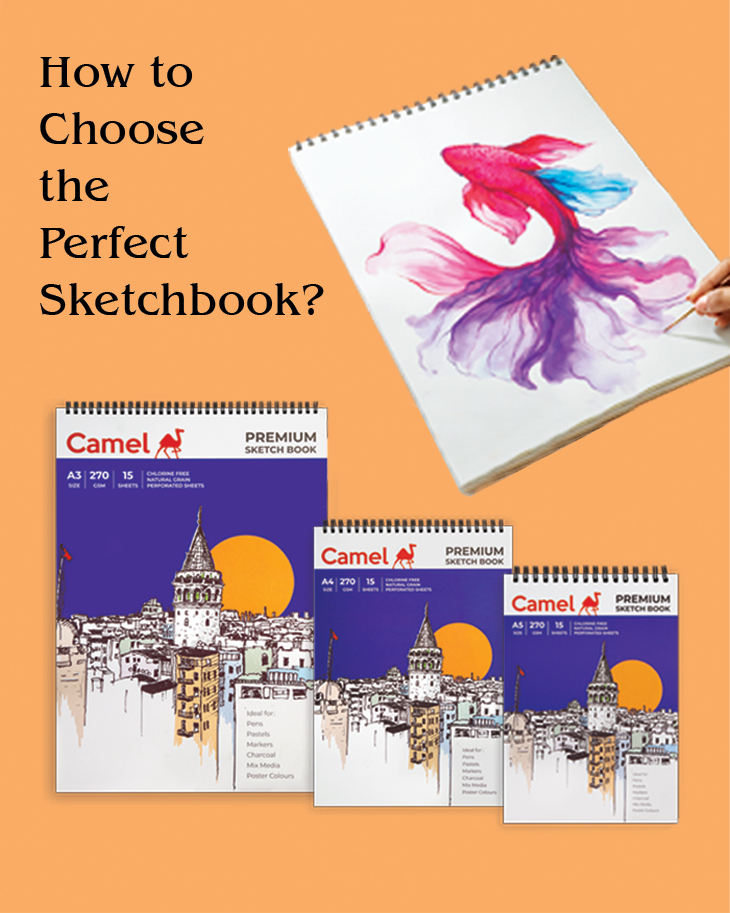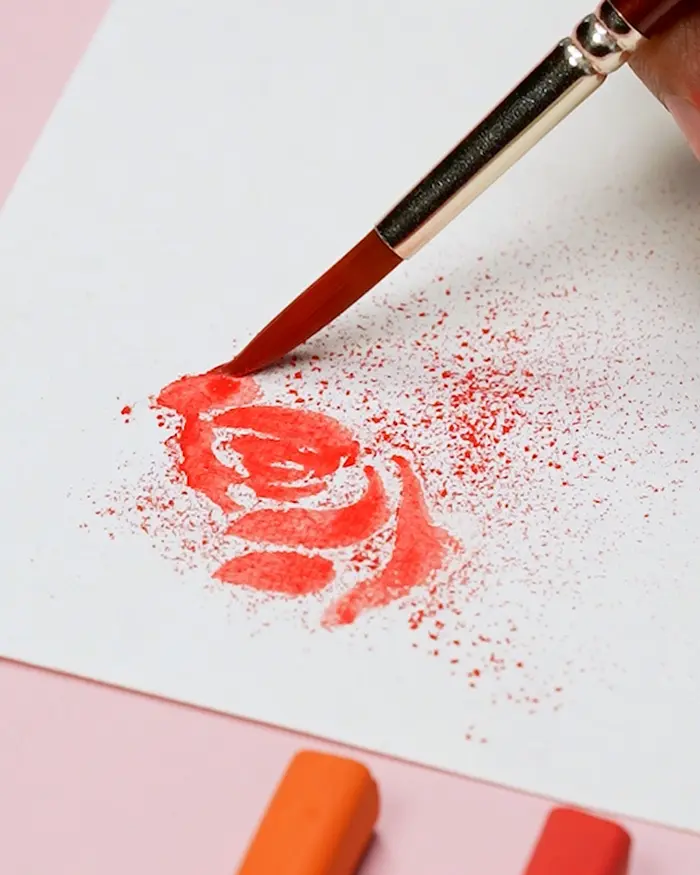When you do not want to work with a medium that requires additional art materials like brushes, palettes and water, oil pastels are the perfect alternative. These pastels are inherently designed to have an oily texture across the paper and each shade can be easily blended. Since oil pastels are so easy to blend, artists and students use them on canvas quite often.

Here are some pointers to note while working with oil pastels
Preparation for blending

Before starting to colour, decide what your main colour is going to be. This will be the overall tonality of your painting.
Next, pick your mid-value colours. These oil pastels will be the secondary colours in your painting.
Adding highlights

Once you have drawn an outline of what you want to colour, you will have a clearer idea of what you want to highlight in your painting. Usually, lighter colours work best when it comes to highlighting and showing the reflection of light.
Using darker tones
When using dark tones in oil pastels, the trick is to colour with dark shades first and then blend them with lighter shades by moving gradually. To blend, hold the crayon in your hand and move it in a circular motion across your paper.
Practice

When you think you have practised enough, practice more! Practice colouring with oil pastels to check how you can create an effect of fading in and out in your painting.
Experiment with applying pressure

Make sure that you get an idea of how you can leverage the richness of oil pastels by applying pressure. Try different levels of pressure to see how this looks on paper. Once you practice this, you will be better equipped to colour in your final art project.
Blending of colours

Take different combinations of oil pastels just to see how these combinations look on paper while blending them together.
Comparisons for shading

When it comes to shading, blending plays a big role in getting good results. There is a right way to bring out the blended look in your painting.
For example, the image below shows shading done using blending. The problem with this is that the image hardly shows the blending. The colours change abruptly. It shows only the darker shade more than the lighter shade, giving a very flat and unrealistic look.

Blending can help show the reflection of light or shadow, thereby adding a very realistic touch to your painting. Compare the above image with the one given below. Notice the difference in the shading. The one given below shows blending done well – mainly because the transition from the dark shade to a lighter shade is gradual, allowing it to look realistic.
Creating texture

You can create different textures in your painting with oil pastels by first colouring with a light shade and following this with a darker shade. Once this is done, you can scratch the top layer of the colour with the help of a palette knife or razor blade.
Working with oil pastels is fun and amazing art can be created, once you get a hang of it. To leverage the interesting quirks of oil pastels, it is important that you explore colouring with this medium and make sure you get used to using them.
Did you like our tips on how to use oil pastels?
Share your thoughts with us in the comments below.
Leave a comment

Comment added
Comment updated
Comment deleted
More inspiration
“
“Keep practicing.”






